Basil stands out among the herbs used as pizza toppings. The fragrant and savory herb is a mainstay in Italian cooking and is frequently used to give pizza a fragrant and fresh touch.

In this post, we will examine the various applications of basil on pizza as well as the optimal times to use it for flavor and texture.
Pizza can be topped with basil in a variety of ways, including whole or finely chopped leaves, before or after baking, and even as pesto.
It ultimately comes down to personal preference as to which method to choose when adding basil to pizza because each one has a distinctive flavor and texture.
To ensure that the basil complements the pizza’s flavor rather than overpowering it, there are a few general rules to remember. We’ll go through these rules and offer advice on how to utilize basil to up your pizza game.
The Importance of Basil on Pizza
As pizza enthusiasts, we know that the toppings can make or break a pizza. One of the most essential toppings that should never be overlooked is basil.
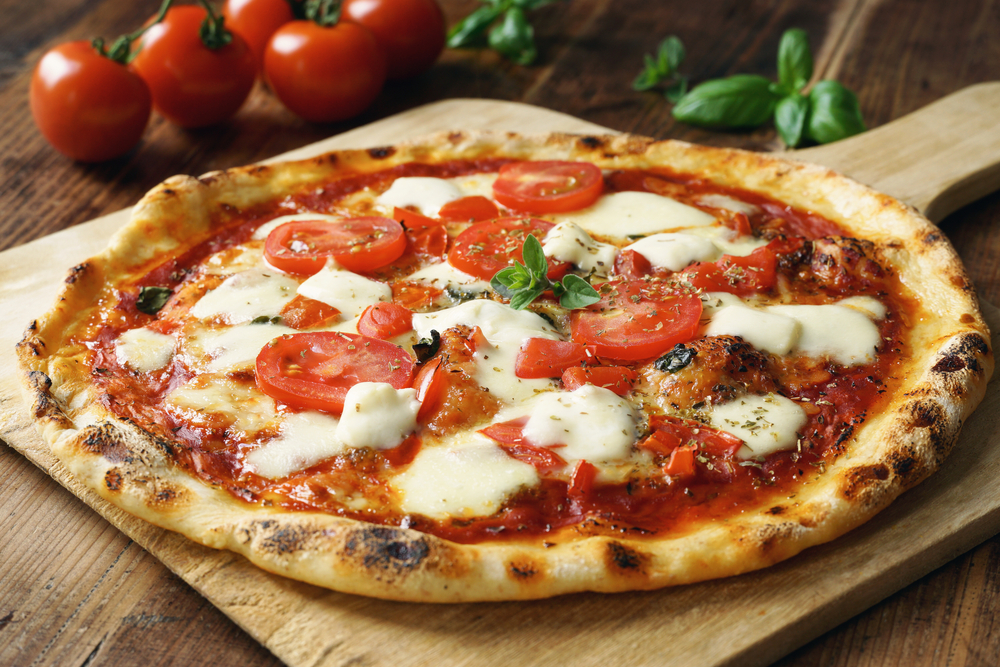
Adding basil to a pizza not only enhances the taste but also elevates the aroma and texture of the pizza. Let’s take a closer look at why basil is so important on pizza.
Flavor
Basil adds a distinctly fresh and herbaceous flavor to pizza that can’t be replicated by any other ingredient.
The sweet and slightly peppery taste of fresh basil pairs perfectly with the tangy tomato sauce and creamy mozzarella cheese.
The flavor of basil is also versatile and can be used in a variety of pizza recipes, from classic Margherita to more unconventional variations.
Aroma
The aroma of fresh basil is unmistakable and can transform an ordinary pizza into an extraordinary one. The scent of basil is released when it’s heated, and it fills the air with a pleasant and inviting fragrance.
The aroma of basil can also stimulate the appetite and make the pizza even more enjoyable.
Texture
Adding fresh basil leaves to a pizza can provide a delightful texture contrast. The leaves are soft and tender, and they create a pleasing chewiness when bitten into. Basil can also add a pop of color to the pizza, making it look more appetizing and visually appealing.
When it comes to adding basil to pizza, there are a few variations to consider. Fresh basil leaves can be added before or after cooking, depending on personal preference.
Chiffonade or thinly sliced basil leaves can be sprinkled on top of the pizza after cooking, while whole leaves can be added before cooking. Dried basil can also be used, but it won’t provide the same fresh taste and aroma that fresh basil does.
Basil is an essential ingredient that should never be overlooked when making pizza. It adds a unique flavor, aroma, and texture that can take a pizza from good to great.
Whether you prefer to add fresh basil leaves before or after cooking, it’s worth experimenting with different methods to find your perfect basil pizza recipe.
Cooking with Basil on Pizza
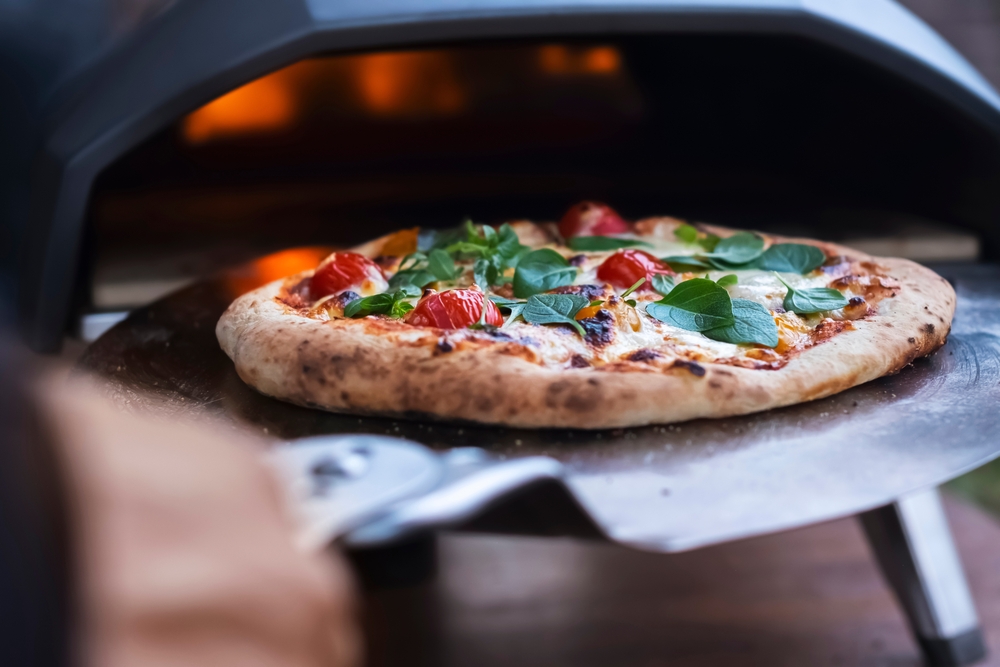
Pizza Making
When it comes to making pizza, there are several methods to choose from. You can make pizza at home using an oven, pizza stone, pizza steel, or even a wood-fired oven.
Each method has its own unique benefits and drawbacks, so it’s important to choose the one that works best for you.
Cook Time
The cook time for pizza can vary depending on the method you choose. Traditional pizza cooked in a wood-fired oven can take as little as 90 seconds, while pizza cooked in an electric oven can take up to 15 minutes. The key is to find the right balance between cooking the crust and melting the cheese.
Pizza Toppings
Basil is a popular topping for pizza and can be added in several ways. You can add fresh basil leaves before cooking the pizza, which will infuse the pizza with its aroma and flavor.
Alternatively, you can add the basil after cooking the pizza to keep the leaves fresh and bright. You can also add basil to your pizza sauce or use it as a garnish.
When it comes to pizza toppings, the possibilities are endless. You can stick with traditional toppings like pepperoni and mushrooms, or you can get creative with toppings like goat cheese and arugula.
The key is to choose toppings that complement each other and enhance the overall flavor of the pizza.
Cooking with basil on pizza can be a delicious and aromatic experience. Whether you’re making pizza at home or in a wood-fired oven, adding fresh basil leaves is a great way to enhance the flavor of your pizza.
So why not give it a try and see what delicious creations you can come up with?
Types of Basil for Pizza
When it comes to using basil on pizza, there are several types of basil that can be used to add flavor and aroma. In this section, we will discuss the three most commonly used types of basil for pizza: fresh basil, dried basil, and Thai basil.
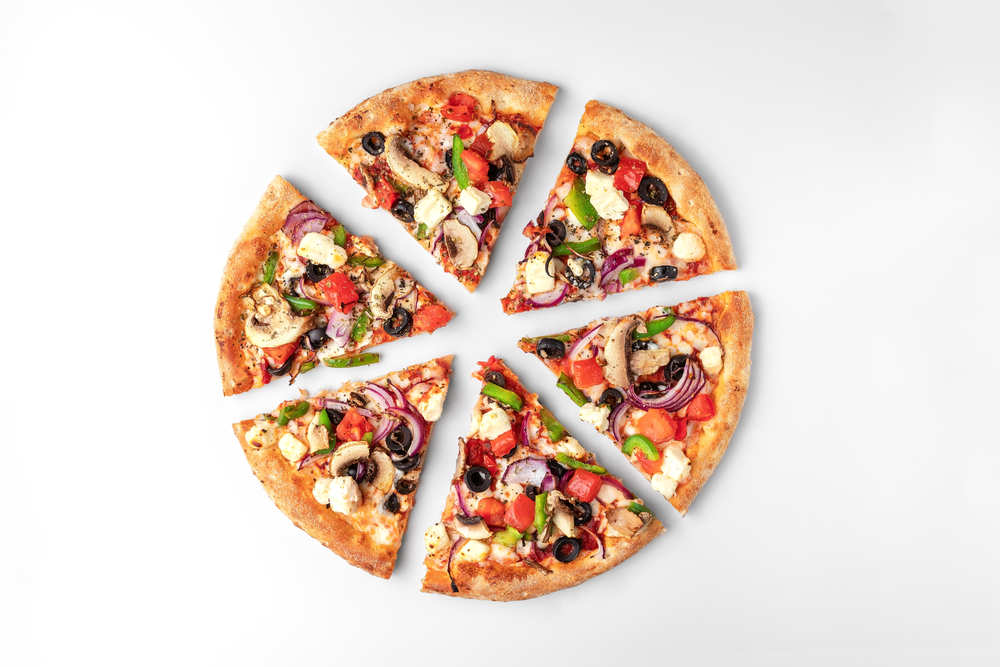
Fresh Basil
Fresh basil is the most commonly used type of basil for pizza. It has a sweet and slightly peppery flavor that complements the flavors of tomato sauce and cheese.
Fresh basil is typically added to pizza as a topping after it has been cooked. This helps to preserve the flavor and aroma of the basil.
When using fresh basil on pizza, it is important to choose the right type of basil. Sweet basil is the most commonly used type of basil for pizza. It has large, green leaves with a slightly glossy texture.
Other types of basil, such as lemon basil or Thai basil, can also be used, but they have a different flavor profile that may not be suitable for all types of pizza.
Dried Basil
Dried basil is another type of basil that can be used on pizza. It has a more intense flavor than fresh basil, but it also has a slightly bitter taste.
Dried basil is typically added to pizza as a seasoning before it is cooked. This helps to infuse the flavor of the basil into the pizza.
When using dried basil on pizza, it is important to use a high-quality product. Cheap, low-quality dried basil can have a stale or musty taste that can ruin the flavor of the pizza. Look for dried basil that is bright green in color and has a strong aroma.
Thai Basil
Thai basil is a type of basil that is commonly used in Asian cuisine. It has a slightly spicy flavor that can add a unique twist to pizza. Thai basil has smaller leaves than sweet basil and a slightly purple tint.
When using Thai basil on pizza, it is important to use it sparingly. The flavor of Thai basil can be quite strong, and too much can overpower the other flavors of the pizza. Use Thai basil as a garnish or in combination with other types of basil.
There are several types of basil that can be used on pizza. Fresh basil is the most commonly used type, but dried basil and Thai basil can also be used to add flavor and aroma.
When using basil on pizza, it is important to choose the right type of basil and use it in moderation to avoid overpowering the other flavors of the pizza.
Pairing Basil with Other Ingredients on Pizza
When it comes to pizza, basil is a versatile herb that can be paired with a variety of ingredients to create delicious flavor combinations. Here are some of our favorite pairings:
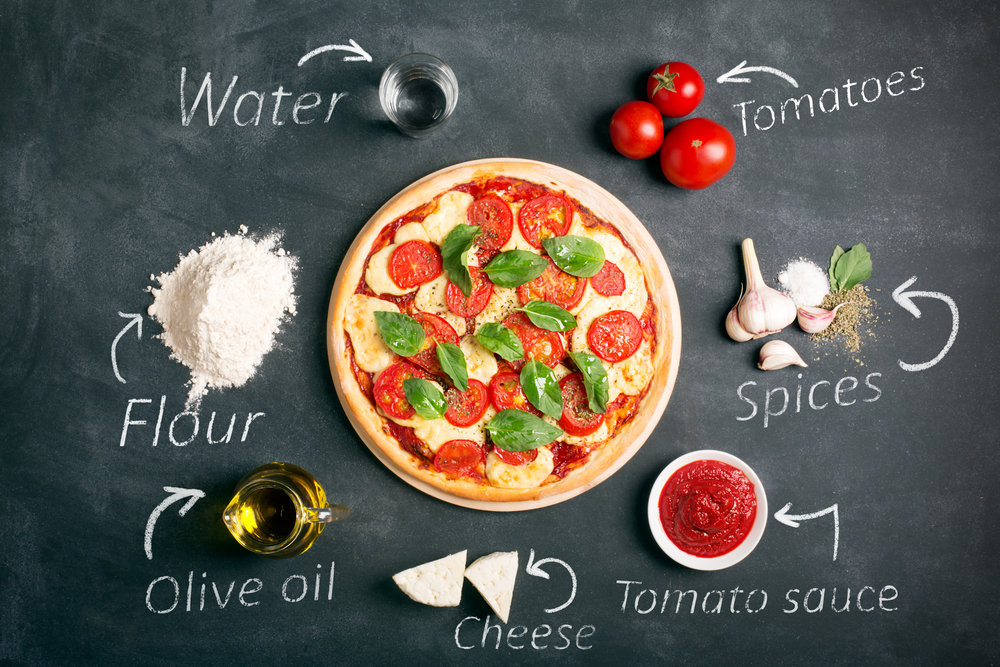
Cheese
Basil pairs particularly well with cheeses like mozzarella and parmesan. The fresh, herbaceous flavor of basil complements the creamy, salty flavor of these cheeses perfectly.
Try adding fresh basil leaves to a classic margherita pizza with mozzarella and tomato sauce, or sprinkle chopped basil over a pizza with parmesan, ricotta, and garlic.
Tomatoes
Tomatoes and basil are a classic pairing in Italian cuisine and for good reason. The bright, acidic flavor of tomatoes is the perfect foil for the fresh, herbaceous flavor of basil.
Try topping your pizza with sliced fresh tomatoes and plenty of basil for a simple yet delicious flavor combination.
Herbs and Spices
Basil pairs well with a variety of other herbs and spices, including oregano, thyme, and red pepper flakes. These flavors work together to create a complex, savory flavor profile that will take your pizza to the next level.
Try mixing chopped basil with oregano and red pepper flakes to create a spicy, herbaceous pizza topping.
Garlic
Garlic and basil are a classic pairing in Italian cuisine and for good reason. The pungent, savory flavor of garlic complements the fresh, herbaceous flavor of basil perfectly.
Try adding minced garlic to your pizza sauce, then topping the pizza with plenty of fresh basil leaves.
Prosciutto
Prosciutto is a salty, savory meat that pairs well with the fresh, herbaceous flavor of basil. Try topping your pizza with sliced prosciutto and plenty of fresh basil leaves for a delicious, savory flavor combination.
Pesto
Pesto is a classic Italian sauce made with basil, garlic, pine nuts, and parmesan cheese. It’s a delicious topping for pizza that adds a complex, savory flavor to the dish.
Try spreading a layer of pesto over your pizza crust, then top it with sliced tomatoes, mozzarella cheese, and plenty of fresh basil leaves.
Overall, basil is a versatile herb that can be paired with a variety of ingredients to create delicious, flavorful pizzas.
Whether you’re a fan of classic Margherita pizza or you prefer something more complex, there’s a basil pairing out there that will suit your tastes.
Health Benefits of Basil on Pizza
If you’re a fan of Italian dishes, you’re probably no stranger to the delicious taste of basil. But did you know that basil also has numerous health benefits?
In this section, we’ll explore the various ways that adding basil to your pizza can be a healthy choice.
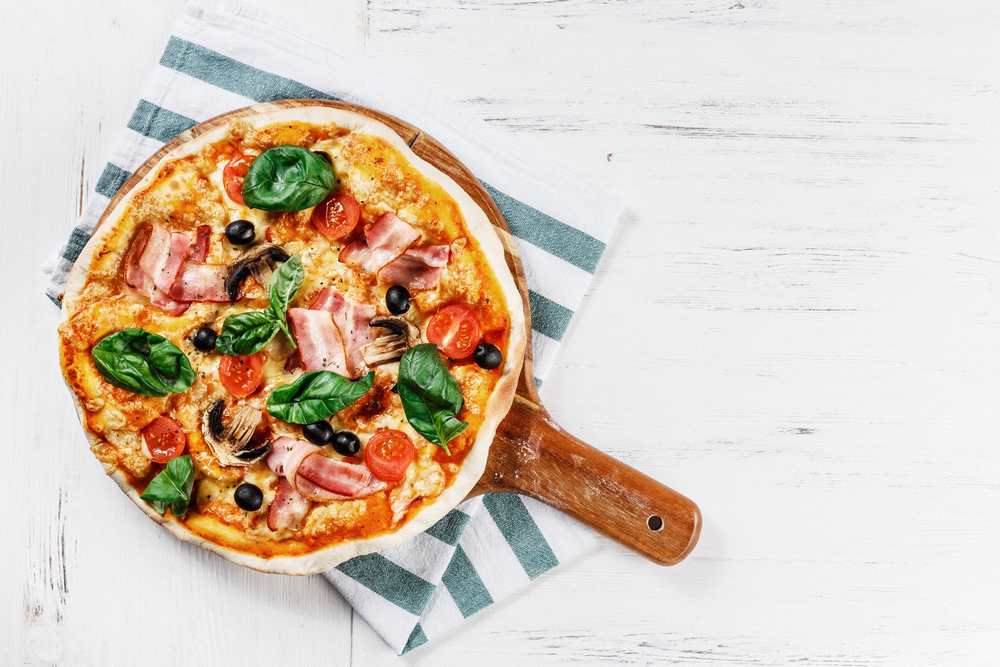
Antioxidants
Basil is packed with antioxidants, which are essential for protecting our cells from damage caused by free radicals.
Free radicals are unstable molecules that can cause oxidative stress, leading to a range of health problems, including cancer, heart disease, and Alzheimer’s disease.
One study found that basil contains several antioxidants, including lutein, zeaxanthin, beta-carotene, and beta-cryptoxanthin. These antioxidants can help protect against cell damage and reduce inflammation in the body.
Calories and Sugar
If you’re watching your calorie and sugar intake, you’ll be pleased to know that basil is low in both. One tablespoon of fresh basil contains only 0.1 grams of sugar and just one calorie. This means that adding basil to your pizza won’t significantly increase the calorie or sugar content.
Additionally, using fresh basil as a topping for your pizza can be a healthier alternative to other high-calorie toppings like pepperoni or sausage.
Other Health Benefits
In addition to its antioxidant properties and low calorie and sugar content, basil has other health benefits as well.
For example, basil has been shown to have anti-inflammatory properties, which can help reduce swelling and pain in the body.
Basil also contains essential vitamins and minerals, including vitamin K, vitamin A, iron, and calcium. These nutrients are important for maintaining healthy bones, teeth, and skin.
Adding basil to your pizza not only enhances the flavor but also provides numerous health benefits. So, next time you’re making pizza at home, don’t forget to add some fresh basil to your toppings.







Add comment